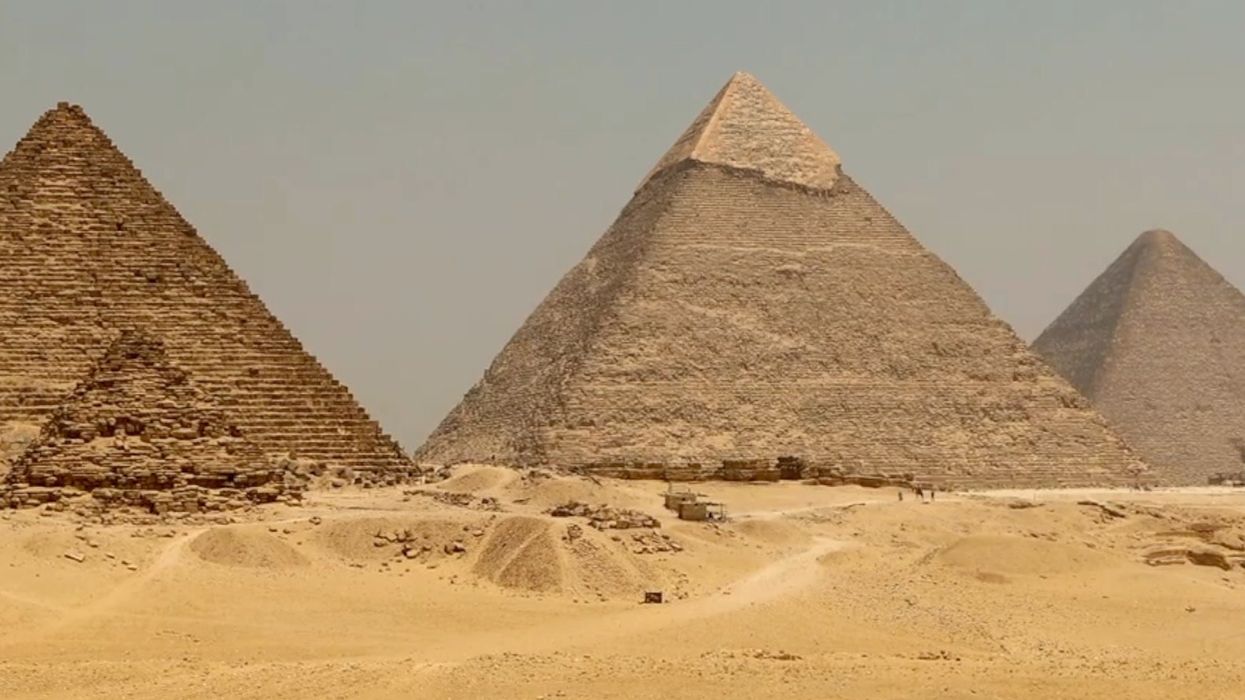Catherine Shuttleworth
Aug 17, 2023
Experts May Have Just Figured Out How the Ancient Egyptians Built the …
content.jwplatform.com
It is not entirely known how the Egyptians built the pyramids thousands of years ago, but one group of archaeologists think they may have uncovered an explanation.
Both historians and archaeologists believe that the Egyptians may have moved the huge stone slabs but utilising the land around them. Particularly impressive when you realise that The Great Pyramid has over 2.3 million blocks of limestone and granite alone - each weighing at least two tons.
Now it is thought that the ancient civilisation used a tributary of the Nile to help them move the huge stones to the desert.
In order to prove their theory, a group of researchers began by testing five fossilised soil samples from the Giza floodplain. Archaeologists had to dig 9 metres (30ft) deep in order to obtain the samples.
Sign up to our free Indy100 weekly newsletter
The soil samples were the analysed by a lab in France. The analysis was looking for pollen and vegetation commonly found around the Nile, which would prove there once was an ancient waterway.
Their hard work paid off and they were able to confirm the existence of the Khufu Branch, which hauled the stone slabs for them to become part of the pyramid’s construction. The tributary was believed to have dried up in 600 BC.
The team of researchers also discovered 61 species of plants during their study.
Environmental geographer Hader Sheisha said that without this tributary it would have been “impossible” to build the pyramids.
The research and subsequent discovery was prompted by a piece of papyrus that recounted how an officer, ‘Merer’, had to transport limestone up the Nile to a construction site in Giza. The papyrus was found in the Red Sea.
“I was so interested because this confirms that the transport of the pyramid’s building materials were moved over water,” Ms Shiesha told The New York Times.
“Knowing more about the environment can solve part of the enigma of the pyramid’s construction,” she added.
Have your say in our news democracy. Click the upvote icon at the top of the page to help raise this article through the indy100 rankings.
Top 100
The Conversation (0)














